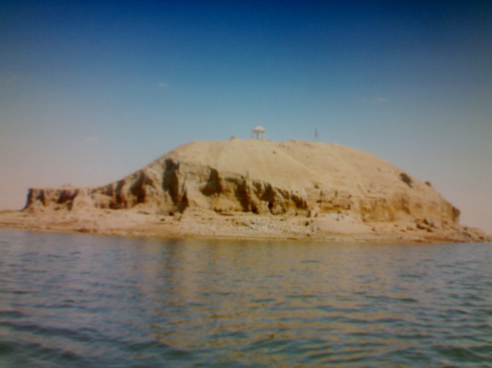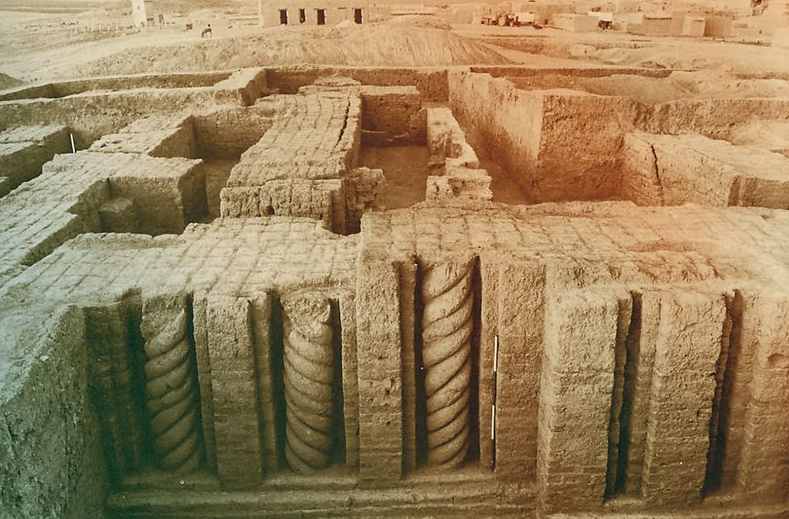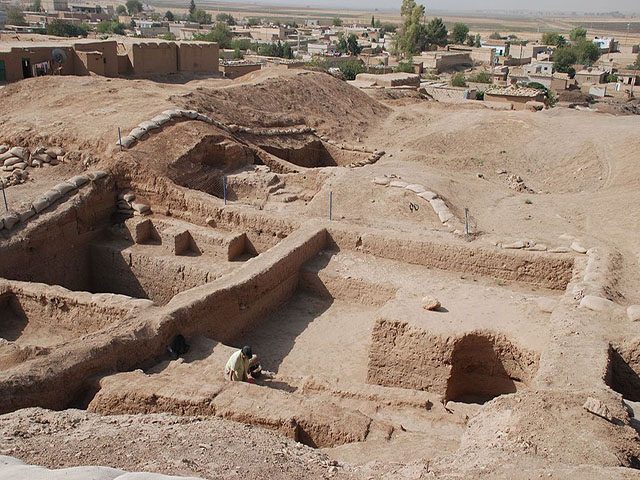Chagar Bazar
Chagher Bazaar is a cluster of mounds dating back to the Bronze Age, yet distinguished by a rich sequence of Neolithic layers attributed to the Halaf period. This long-standing settlement
Chagher Bazaar is a cluster of mounds dating back to the Bronze Age, yet distinguished by a rich sequence of Neolithic layers attributed to the Halaf period. This long-standing settlement

tel Taban, historically known as Tabetu, is located in the southeastern part of al-Hasakah Governorate in northeastern Syria, within the basin of the Middle Khabur Dam. Its history stretches back
Covering 92 hectares, tel Hamoukar is one of the largest Chalcolithic-period centers in the Upper Mesopotamian region. Excavations led by the University of Chicago in 2005 uncovered mounds of baked

Tel Leilan served as a thriving administrative center in the Assyrian realm during the 18th century BCE. Its urban plan features a grid layout enclosed by a city wall with

Tel Halaf preserves a rich stratigraphy dating back to the Halaf culture (6500–5500 BCE)—the site where this prehistoric culture was first identified, renowned for its distinctive red-and-black painted pottery. In

جميع الحقوق محفوظة لصالح JCI Aleppo
All rights reversed to JCI Aleppo